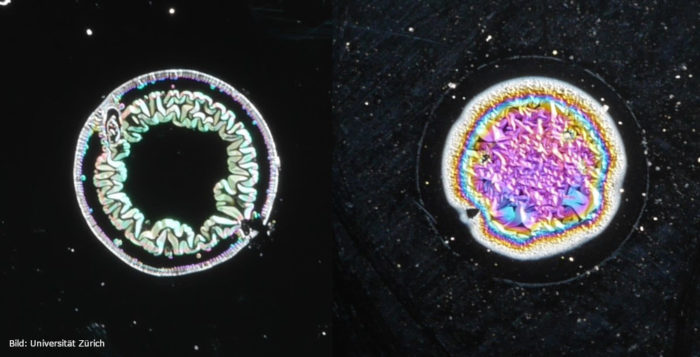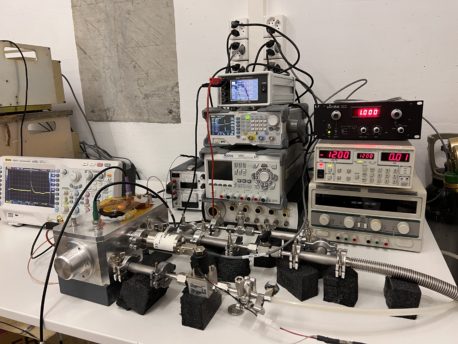Radiation Biology (5/5): Current research in radiation biology
Although many insights have been gained through radiation biology research, many ambiguities still remain. Nevertheless, ENSI, in cooperation with other international organisations, is working towards closing these knowledge gaps.

In order to be able to make even more precise statements on radiation exposure or to increase the accuracy of the locating of partial irradiations, radiation biology is constantly looking for further useful characteristics from the metabolism, the analysis of which can be used to provide retrospective evidence of irradiation.
Here, interesting candidates include amino acids and blood proteins. However, because the changes in most of the metabolic characteristics are not radiation-specific, analysis is problematic due to individual and inter-individual fluctuations. Another hurdle is the comparison between individuals or populations. A solution is to find a set of parameters that complement each other in terms of their validity and can thus be used to compensate for fluctuations.
There are numerous research groups that are investigating open questions in the field of radiation biology. These research groups include the European coordination group for radiobiology research (MELODI, Multidisciplinary European Low dose Initiative), which, among other aspects, focuses on further possibilities for biological dosimetry and the radiological risk of low radiation doses.
Experiments on individual radiation sensitivity
In a separate sub-field of MELODI, experiments that investigate the molecular network are also being coordinated. Given that humans are genetic individuals, it is not surprising that their repair systems also exhibit genetic differences, so that the ability to remedy radiation damage to genetic material likewise varies from one individual to the next.
More precise knowledge of this trait would be useful in radiotherapy, for example, if both the tumour tissue and the surrounding healthy tissue could be characterised more precisely in terms of its repair capacity. This would enable the therapy to be aligned more precisely with the patient.
Radiation protection of the environment is still in the infant phase
In radiation biology, there is a tendency to place man at the centre of scientific interest. Accordingly, experiments have aimed at the consequences of radiation for the human body, even if they were often carried out using animals. Areas such as radioecology, which researches how radioactive components or substances behave and are distributed in the environment, have long been neglected.

This is important in that we absorb radioactive substances from the biosphere, including through food. Therefore, sub-areas of radiation biology are investigating how large the dose is that humans can accumulate when they are in a radioactive environment or when they consume foods that contain radioactivity.
Since, in contrast to humans, little is known about the radiation sensitivities of animals and plants, a package of ten reference organisms has been defined by international consensus under the guidance of the ICRP International Commission on Radiation Protection. They each represent a specific habitat. In the absence of more precise individual and measurable evaluation options, as we recognise them in humans, it has been agreed to use this approach to examine the impact of radiation exposure on biodiversity. However, since biodiversity is changing anyway – due to human interventions – this approach is subject to strong criticism in respect of its validity.
Organisations such as the International Commission on Radiological Protection ICRP and the International Atomic Energy Agency IAEA are currently updating their recommendations on the protection of fauna and flora from the effects of ionising radiation. ENSI, too, is tracking the current state of knowledge on environmental protection so that it can incorporate new findings into its oversight.

This discussion is currently relevant, for example, in connection with radioactive waste disposal in the planned deep geological repositories. It is currently assumed that the protection of people also adequately protects the environment. ENSI had commissioned a study to obtain more detailed clarification. Moreover ENSI is actively engaged in the international forum BIOPROTA, which is concerned with processes involved in the release of radionuclides from a storage facility for radioactive waste into the biosphere.
Promoting radiation protection: ENSI supports research projects
In addition, ENSI is supporting two research projects related to the fundamentals of nanodosimetry and epidemiology. Nanodosimetry is concerned with finding a physically measurable quantity with which the biological damage of ionising radiation can be directly determined. In epidemiology, statistical approaches are used to calculate the health risk resulting from radiation exposure.
This is the last article on radiation biology.

